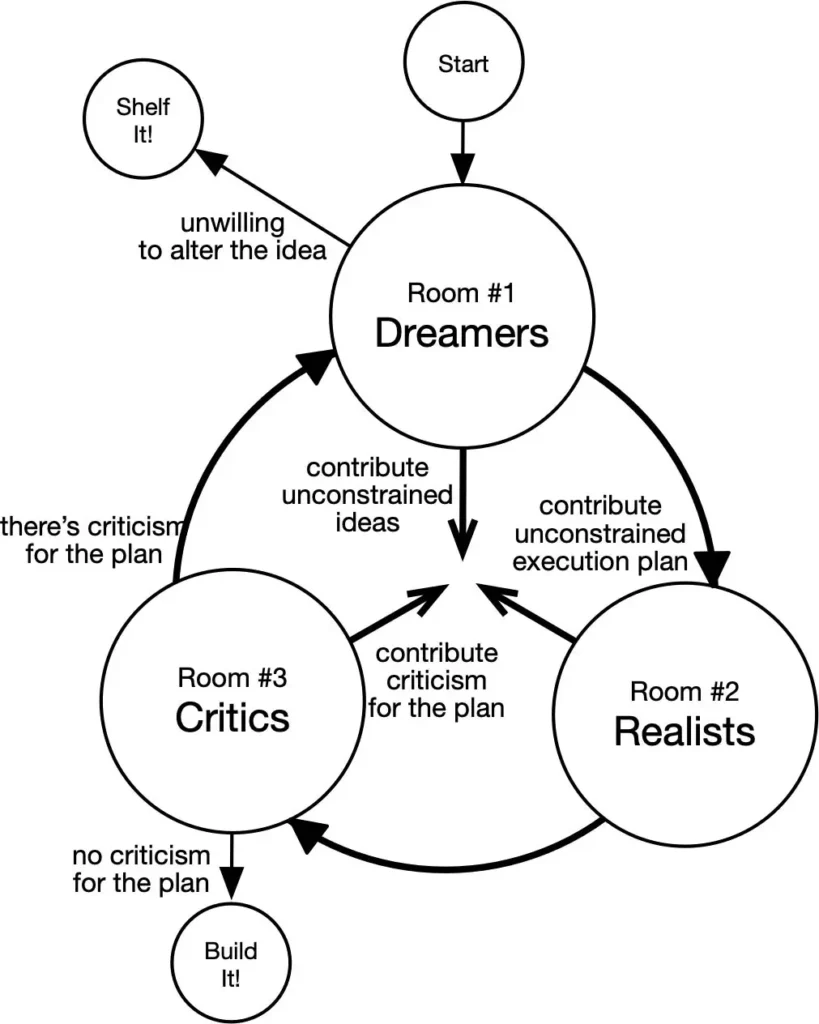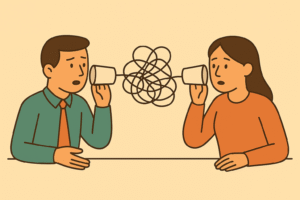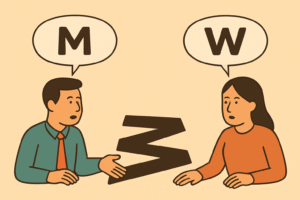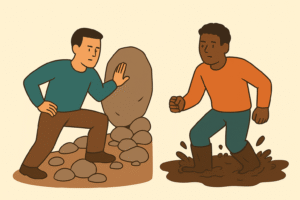The past couple of weeks my children had to prepare and present short speeches at school. I encouraged them to practice and provided them some, what I considered to be, constructive feedback. However well meaning and positively framed, it didn’t go over too well. Watching my children learn to cope with constructive criticism reminded me about how we struggle so much with this in other settings.
It also got me thinking about one of the tools I’ve used quite effectively in both individual and team coaching. Sometimes known as the Disney Method but called by the course I learned it at, Tri-Position planning, the tool presents a useful way to help develop a vision and a plan to get there.
Background
The method is accredited to Robert Dilts in 1994 and comes from observations he made in researching Disney’s success.
The story goes that in 1928 Walt Disney undertook to execute on an ambitious project to make what would be the longest animated feature of its time, Steamboat Willie. He had recently purchased a new 3-storey warehouse with money from his previous successful ventures. Walt had been making observations of his teams and decided to break them into three groups, one for each floor:
- On the top floor he placed his Dreamers. These were the people to come up with the vision, looking into the distance to define the story. In this case the 7-minute long story of a mouse piloting a steamboat and whistling the iconic tune now at the start of so many Disney movies.
- On the middle floor he placed his Realist Planners. Their job was to look at the Dreamers vision and document what would be needed to achieve it. In this case, miles of celluloid, hundreds of animators etc.
- On the bottom floor he placed his Wise Critics. Their job was to look at the new plan and see what might not work. For example, if you’ve got 400 animators in the building, who ordered the toilet paper?
Method
The method below is a variant on the method Robert Dilts proposed but comes from the same roots.
The framework I use in coaching:
- First ask the coachee to step into the role of Dreamer. What do they see? What does the outcome look like?
- Next ask the coachee to step into the role of Realistic Planner. What steps will you take to achieve your goal? How will you know when you’ve got there?
- Now ask the coachee to step into the role of Wise Critic. What could be better about the plan you just came up with? What was missed?
- Lastly, ask the coachee to step back into the role of the Realistic Planner. What would you change about your plan based on the Critics comments?
This works equally well with teams and helps provide a safe space for team members to speak up and express their view points. It has similarities to the six thinking hats method but is shorter and focused on coming up with a plan of action.
Conclusion
Another interesting observation of this method is people will often naturally fall into one of the three buckets and feel more comfortable there. In a team setting it is important to encourage all team members to participate at all stages. This way you will likely discover approaches you would not normally have thought of!
Allowing constructive criticism into workplace conversations is critical to developing an agile and open culture. Next time you are in a meeting to generate a plan that keeps getting derailed, try the method above.




